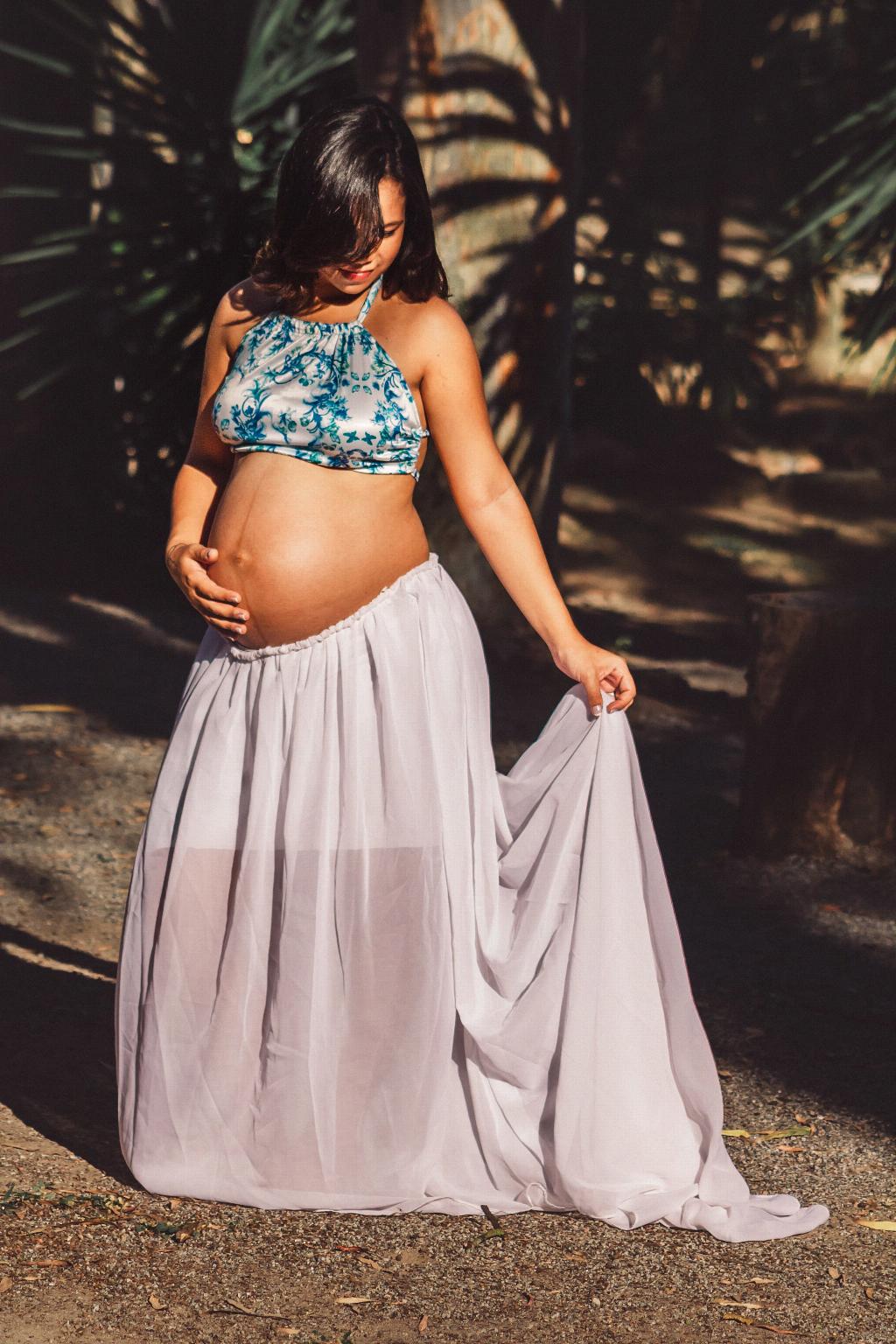When it comes to caesarean sections, the maternal position plays a significant role in the delivery process. The position of the mother during a C-section can influence various factors, including the ease of the procedure, the comfort of the mother, and the safety of both the mother and the baby.
Types of Maternal Positions
There are several types of maternal positions that can be used during a C-section. These include lateral tilting of the theatre table, upward or downward tilting, flexed positions, and the use of wedges or cushions. Each position offers unique benefits and considerations based on the specific needs of the mother and the surgical team.
The Lack of Consensus
Despite the various options available, there is currently no consensus on the best maternal position for a C-section. Different healthcare providers may have their preferences based on their experience and training. However, ongoing research is being conducted to determine the most optimal position for both the mother and the healthcare team.
Factors to Consider
When deciding on the maternal position for a C-section, several factors need to be taken into account. These include the mother’s comfort, the visibility and access needed for the surgical team, the safety of the mother and the baby, and any specific medical considerations that may be present.
The Role of Theatre Tables
Theatre tables play a crucial role in determining the maternal position during a C-section. These tables can be adjusted to tilt laterally, upwards, downwards, or to be flexed based on the needs of the procedure. The flexibility of the theatre table allows for customization according to the specific requirements of the surgery.
Benefits of Different Positions
Each maternal position during a C-section offers unique benefits. For example, lateral tilting can improve blood flow and reduce aortocaval compression, while upward or downward tilting can provide better exposure for the surgical team. Flexed positions may offer increased comfort for the mother during the procedure.
Enhancing Surgical Accessibility
The choice of maternal position can also impact the accessibility of the surgical site for the healthcare team. A well-chosen position can enhance visibility, reduce obstructions, and optimize the angle of incision, ultimately leading to a smoother and more efficient C-section procedure.
Patient Comfort and Safety
Ensuring the comfort and safety of the mother during a C-section is paramount. The maternal position should be chosen to minimize discomfort, provide stability and support, and reduce the risk of complications. By prioritizing patient comfort and safety, healthcare providers can improve the overall birthing experience.
Customization Based on Needs
Every C-section is unique, and the maternal position should be customized based on the specific needs of the mother and the requirements of the procedure. Healthcare providers should carefully assess the individual circumstances of each case and select the most suitable position to achieve the best outcomes.
Future Developments in Maternal Positioning
Ongoing research and advancements in obstetrics continue to shed light on the optimal maternal position for C-sections. As new evidence emerges and technology advances, healthcare providers may gain a better understanding of how different positions impact outcomes, leading to further refinement in maternal positioning practices.
Collaborative Decision-Making
In determining the maternal position for a C-section, collaborative decision-making between the healthcare team and the mother is essential. By providing information, discussing options, and considering preferences, healthcare providers can involve mothers in the decision-making process, empowering them to actively participate in their care.
Conclusion
The maternal position for a C-section is a critical aspect of the delivery process, with various positions offering unique benefits and considerations. While there is no consensus on the best position, healthcare providers must prioritize patient comfort, safety, and surgical accessibility when determining the most suitable maternal position for each individual case.

